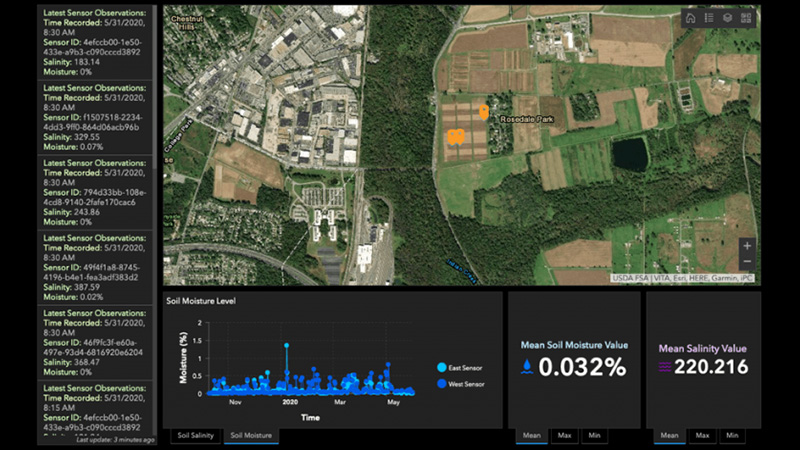Report: Mega-Mergers Alter Landscape for Ag Retailers
Three market-influencing mergers are reshaping the crop protection and seed industry, and that transformation has important implications for the farm supply sector, according to a recent report from CoBank’s Knowledge Exchange Division. Many agriculture retailers will likely face operational decisions due to these changes.
“Mergers in the seed and crop protection industry will likely further complicate business in the farm supply sector,” said Will Secor, CoBank economist. “Farm retailers are already facing new competitors and business models that challenge their success and way of doing business. Meanwhile, their farmer-customers are becoming larger and beginning to come from a new generation — factors that are changing what they need from their local grain and farm supply company.”
Combined with the tight margins of the stressed farm economy and fierce business competition, this confluence of dynamics has ratcheted up the pressure on the agriculture retail sector.
Still, farm retailer objectives must remain the same regardless of these challenges or merger activity: gain efficiencies and remain relevant in the face of a changing industry.
Price, Rebate Consequences
Divestments by the parties involved in each of the three mega-mergers — Dow-DuPont, ChemChina-Syngenta, and Bayer-Monsanto — will likely maintain significant competition in the seed and crop protection markets — and should ease price increase concerns, according to Secor.
However, questions remain regarding manufacturer rebates and the changes the merged companies are expected to bring to the rebate process. These rebates are often the key to agriculture retailer profitability so they are keeping a keen eye on the process.
The report suggests that merged companies will want to capitalize on their size and greater link between seed and crop protection products. Rebate changes will likely provide incentives for larger volume thresholds and tie discounts together across seed, crop protection, and farmer data products.
“Rebate structure changes will require agricultural retailers to adapt,” said Secor. “While many in the farm supply sector hold out hope that rebate programs will be simplified, the seed and crop protection mergers will likely make rebate programs more complex.”
Changes Ahead
The major issue moving forward will be the number of options that are available to farm retailers. Secor expects these retailers will likely experiment with several strategies when faced with changing rebate programs.
In the report, Secor outlines the pros and cons of four potential options for farm retailers, including:
- Exit aspects of the crop protection or seed segment and devote resources to other areas. This option is a worst-case scenario and sets a baseline for analyzing the other strategies. It explores what the ag retailer can do instead of being in a particular area of the crop protection and seed segment.
- Partner with a manufacturer to maximize rebates. This option enables an ag retailer to more easily maximize rebates through increased volumes within a given product and across the manufacturer’s portfolio of products. However, it limits variety available to farmer-customers.
- Offer retailer-branded, competing products. Successful retailer-branded products can improve the bargaining power of farm retailers while adding to the bottom line, lowering cost, and improving relevance to customers. This strategy adds complexity and cost to the ag retailer because they become a manufacturer, not just a distributor.
- Consolidate or cooperate with other agricultural retailers. With fewer suppliers, ag retailers may lose bargaining position. To counteract this, they can work together or merge and obtain a stronger bargaining position.
“The farm supply sector was already responding to changes among its farmer-customers and within its own industry,” said Secor. “The mergers’ potential influence on rebates, stiff competition and slim margins will accelerate the process. Changes in the seed and crop protection landscape reinforce retailers’ pursuit of lower costs and lasting relevance.”
A brief video synopsis of the report, “Shifting Ground: Mega-Mergers to Realign Farm Retailers” is available below:
For the full report visit CoBank.com.






